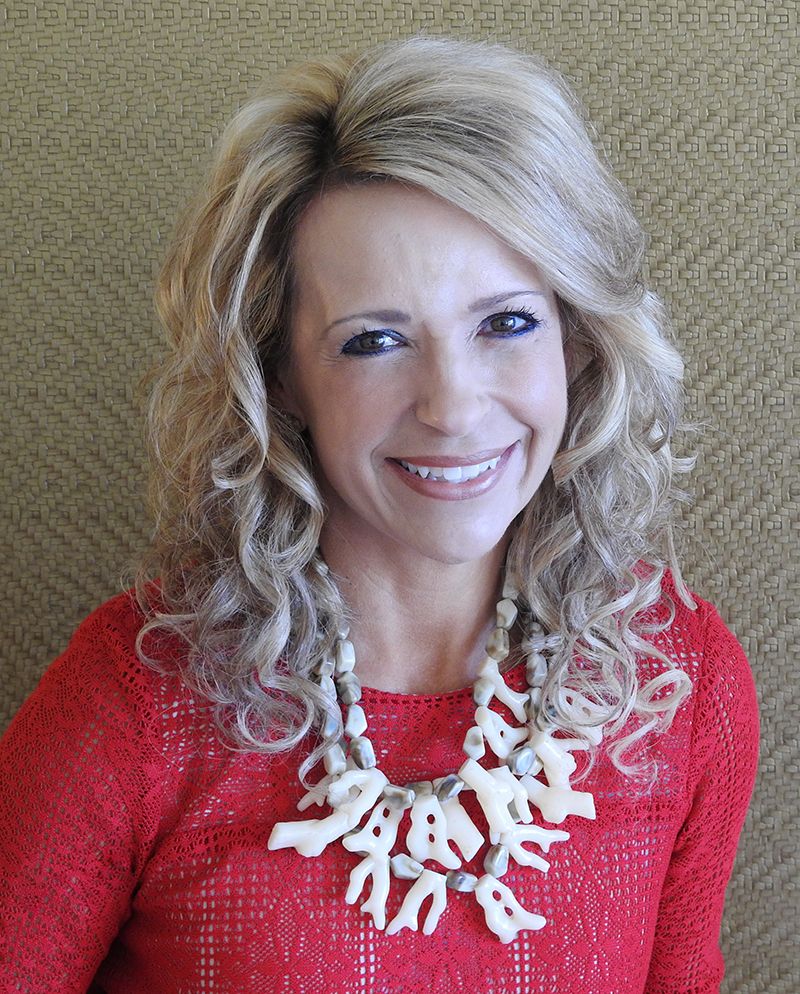The summer months can be a difficult time for your salespeople, as it may be more challenging for them to reach decision-makers. LinkedIn is a smart way to encourage them to be more productive during these months. Of course, every great business deal requires a conversation with a decision-maker. Using LinkedIn, they can make sure to have more of those conversations, have them with the right people, and have the best conversation possible.
Many salespeople waste time, money and resources talking to unqualified prospects outside their ideal target market. LinkedIn helps them target better by giving them access to specific decision-makers, in specific industries, as well as insights into the organizational structure that may influence the decision-making process. One doesn’t have to be a master of advanced LinkedIn search techniques to identify these people. Just use your existing target list, search for the contact names and companies prior to engaging with them, resolve only to send personalized, high-value communications and make sure you understand each individual’s background.
A sales person can also use LinkedIn to send concise, relevant InMail messages directly. Most people will set an out-of-office reply on their email when they leave, but try finding a high-level executive who doesn’t take their phone on vacation. That smartphone gives top executives access to LinkedIn during their “away” time and you can bet they check in. It has been said that a LinkedIn message is ten times more likely to be opened than a direct email. Be sure to keep your messaging brief and focused on a topic of genuine mutual benefit. Remember people will likely be reading your message on a tiny screen.
But how do you make sure your people are using LinkedIn to support the best initial conversation possible with decision makers? There are lots of possibilities. Ask them to check the person’s status updates and find a topic of mutual interest – some shared concern that could be a reason to arrange a phone call. They could ask for a recommendation about openings in the groups and associations the person belongs to, or ask the person directly about a competitor’s activity. They could simply note one or more commonalities in interests and skills and wait to see how the person responds.
Typically, the best way to turn a cold call into a warm call is an introduction from a mutual friend. Fortunately, LinkedIn makes this easy. Ask your sales team to use “down time” to create as many introductions with new decision makers as they can.
One of the few benefits for salespeople who face slowdowns at some point during the year is the extra time available for prospecting. Here are three proactive steps they can take on LinkedIn to generate additional leads:
1. Create and post compelling status updates of interest to your ideal customer. Share them with connections and groups. (Note that these should not be “sales pitches” but resources and updates that immediately add direct value to your target audience.)
2. Improve profiles by adding a powerful 30-second commercial to the summary area and update profile information to attract clients. A profile should send the message that you are looking to add value to a specific, clearly-identified kind of professional.
3. Use the LinkedIn Pulse news app to spot articles of interest to specific high-value prospects and clients, then share those articles with them before your competition does.
These are just a few of the ways someone can use social selling in their prospecting strategies. Keep in mind that LinkedIn is a tool to supplement your team’s existing selling skills, not a magic wand to replace them. The most effective prospecting plans have a combination of proactive activities, using several different strategies to reach ideal clients. LinkedIn should be part of that effort during the upcoming vacation season!
Jim Marshall is owner and president of Sandler Training of Tampa Bay, which provides sales, corporate and management training to high-achieving companies and individuals.







